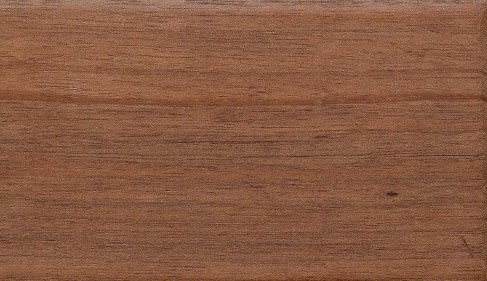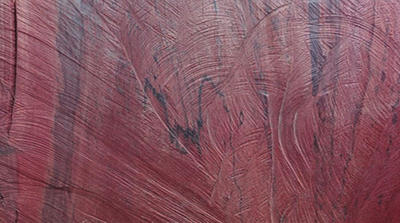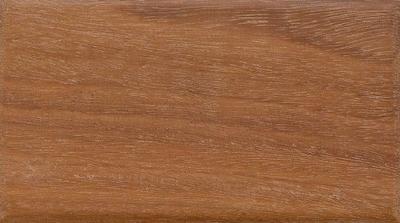Abarco o Chibugá
Scientific Name: Cariniana pyriformis Miers
Other Common and Commercial Names: Chibugá (Panamá); Albarco, Chibuya, Caoba falsa, (Colombia); Bacu (Venezuela); Cachimbo, Caspi (Peru); Cerú, Jequitiba rosa, Jequitiba amarella, Tauary (Brazil); Yesquero (Bolivia), Colombian Mahogany (USA)
Appearance: The outer layers (sapwood) are light brown and the inner layers (heartwood) reddish or purple brown, sometimes with dark streaks. There is little contrast between both layers.
Characteristics: It has a medium texture, with straight grain to criss-cross. Medium brightness and Veteado or Moderate figure
Working properties: It is a very easy wood to work, although the content of calcium oxalate crystals produces wear of machinery and tools. It offers a good finish, in brushing and drilling there are no defects. The natural durability is very high. The wood is resistant to very resistant to the attack of fungi and insects. It dries quickly in the open air (reaches a humidity of 20% in less than 120 days), with little tendency to twist and scratches. It has good behavior in artificial drying, under a severe drying program.
Uses: Wood is used for railway sleepers, general construction, shipbuilding, decorative veneers, plywood, interior moldings, furniture, floors, doors, carpentry and joinery



